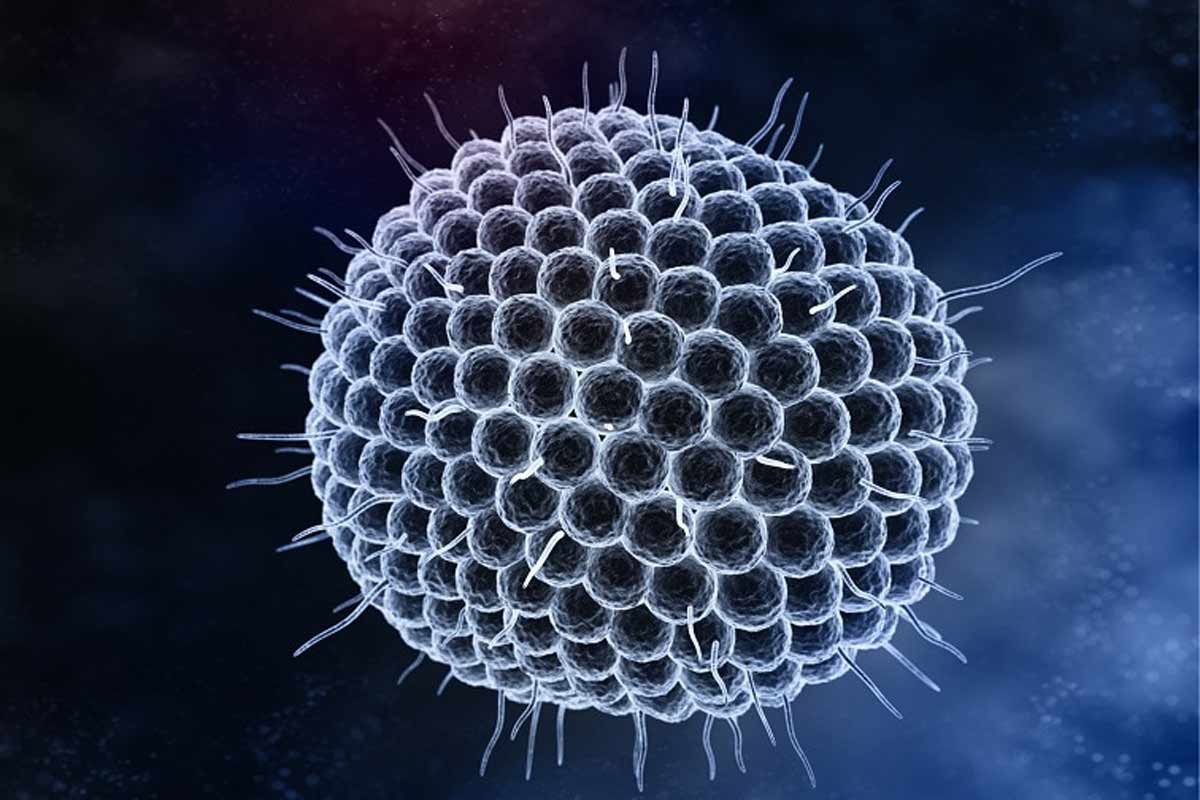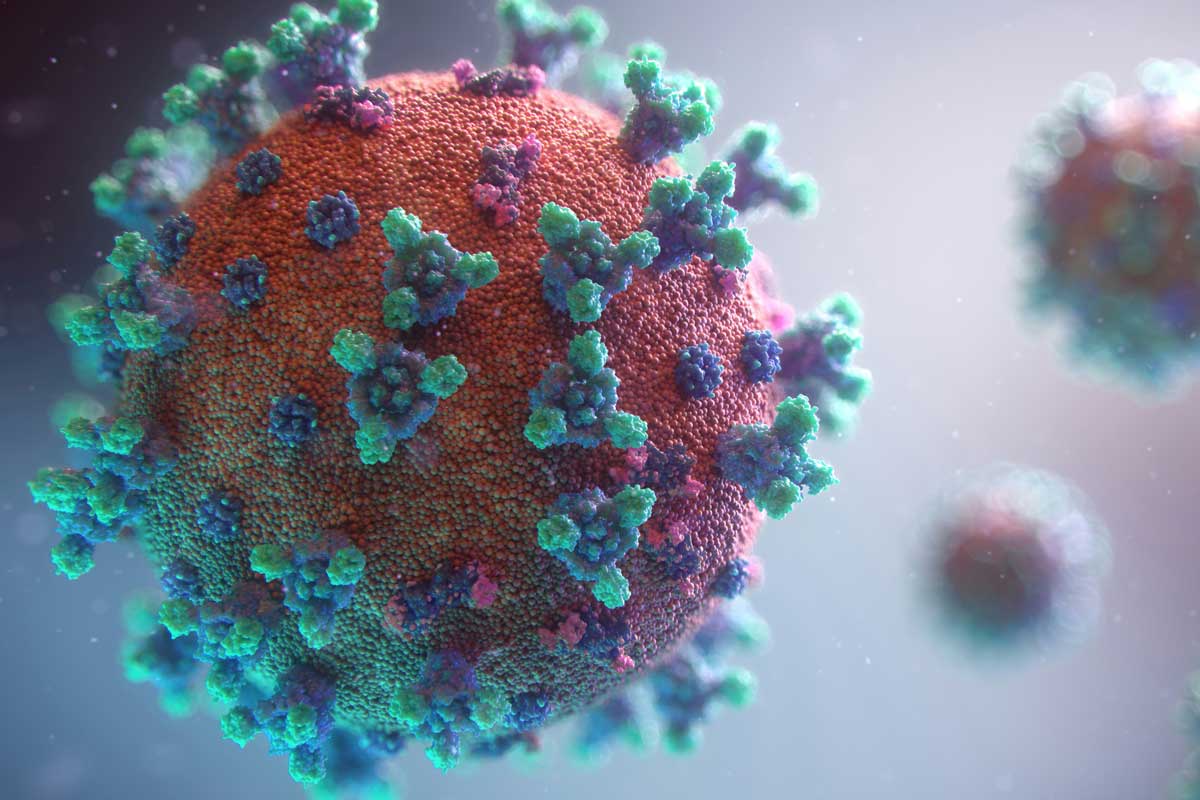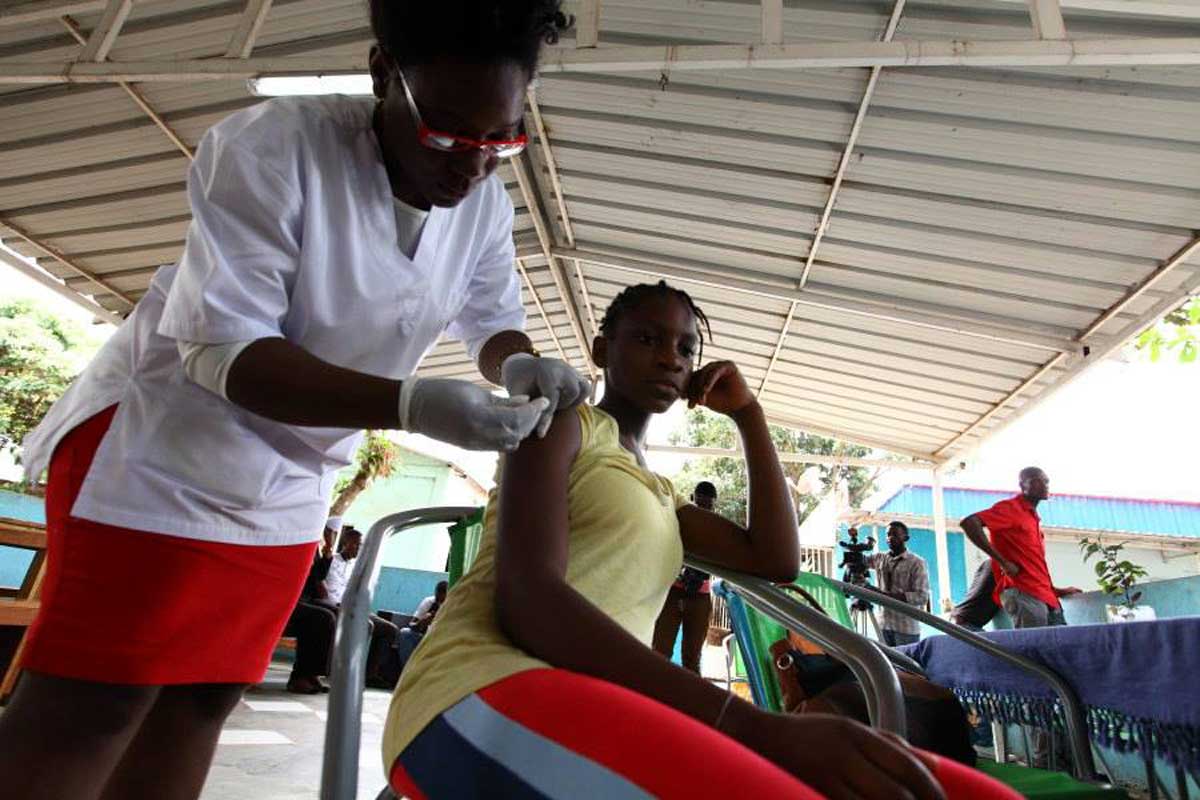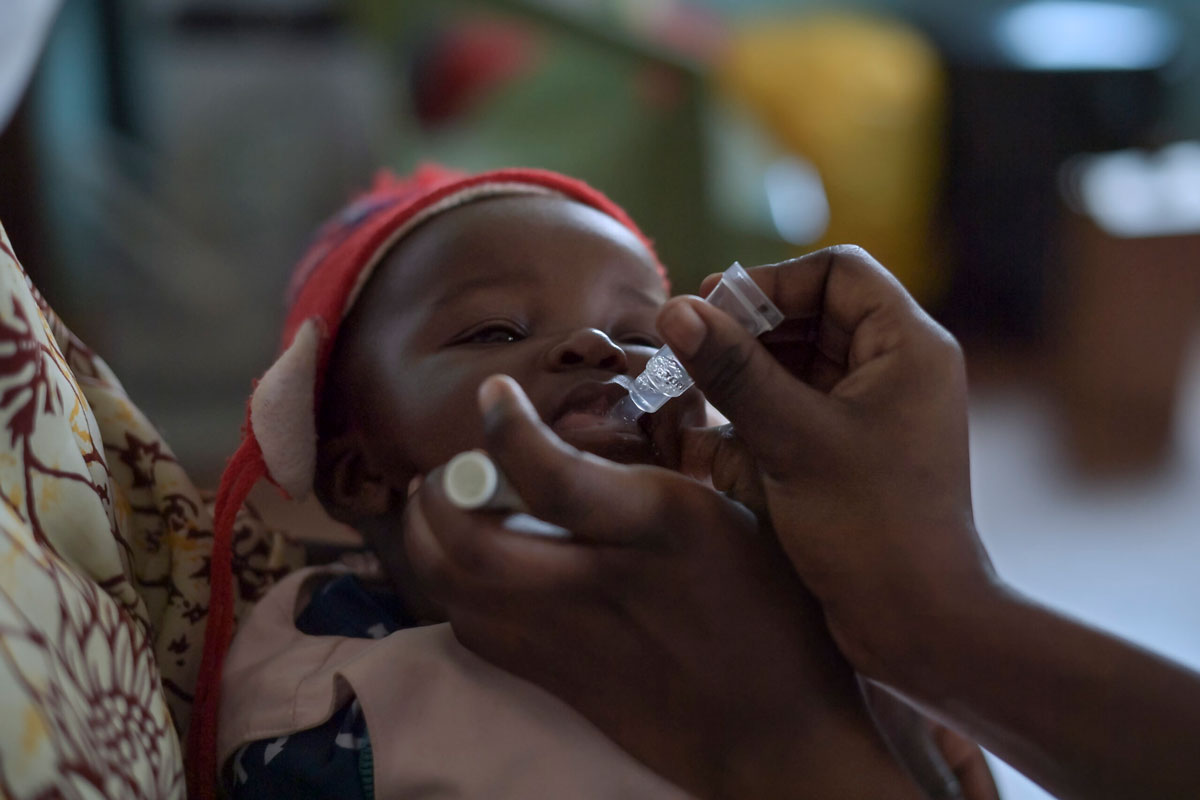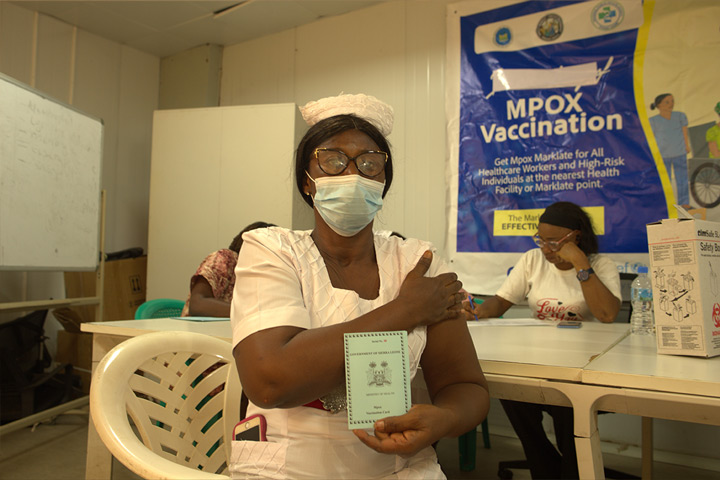How the skin’s secret immune system could lead to needle-free vaccines
Scientists have discovered how antibodies to skin bacteria could be used to protect our immune systems from dangerous pathogens, putting an end to needles.
- 24 January 2025
- 5 min read
- by Priya Joi
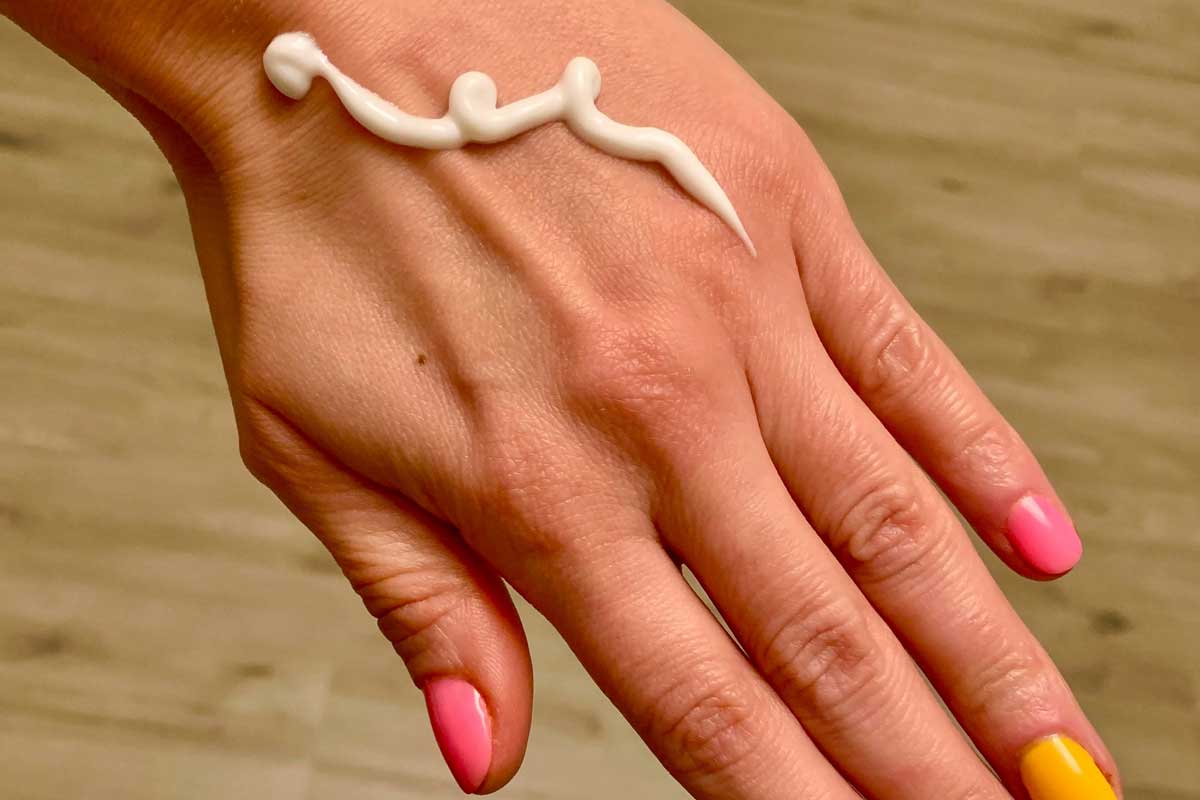
When you get your next vaccine, what if, instead of being injected by a needle, you were handed a cream that you could rub into your skin just as easily as moisturiser?
That could one day be reality, according to two papers published in Nature last month. They investigated how bugs that live on the surface of our skin could be turned into a vaccine.
The hair follicles on the surface of our skin are blanketed with a harmless bacteria called Staphylococcus epidermidis that had previously been mostly ignored. They seemed to interact very little with our bodies.
But in this new research, researchers demonstrated that not only does our body produce a powerful antibody response to S. epidermidis, the microbe can be transformed into a ‘plug and play’ vaccine against diseases like tetanus and diphtheria.
Investigating our skin’s immune system
In 2015, researchers discovered that these skin microbes could trigger one arm of our immune system that produces immune cells (called T cells).
Then in 2023 Michael Fischbach, a bioengineer at Stanford University, USA, and colleagues found that this bacteria could be tweaked to produce cancer antigens that could trigger an immune response.
In two companion pieces published in December 2024, the researchers investigated the immune response to S. epidermidis further.
Fischbach’s team tested whether mice would react to S. epidermis by swabbing the skin of test mice with the bacteria. Over six weeks, they repeatedly looked for antibodies in the skin and found that the mice developed even stronger antibody responses than might be expected from an injected vaccine.
As S. epidermidis doesn’t colonise the skin of mice the way it does that of ours, the fact that mice produce an immune reaction to a foreign body may not be hugely surprising.
“[...] respiratory pathogens responsible for the common cold, flu and COVID-19 tend to get inside our bodies through our nostrils. Normal vaccines can't prevent this. They go to work only once the pathogen gets into the blood. It would be much better to stop it from getting in in the first place.”
- Michael Fischbach, bioengineer, Stanford University, USA
Our immune system is ever-ready
What the researchers found, however, is that “the same thing appears to be occurring naturally in humans,” said Fischbach. “We got blood from human donors and found that their circulating levels of antibodies directed at S. epidermidis were as high as anything we get routinely vaccinated against.”
Our own response to the bacteria is explained by a companion paper in Nature, when a team led by Yasmine Belkaid at the National Institutes of Health, Bethesda (of which Fischbach was part), found that the bacteria can trigger sentinel immune cells, called Langerhans cells, that regularly patrol the body for intruders. This showed that S. epidermidis can trigger a systemic immune response.
That we maintain a high alert against a seemingly harmless bacterium was surprising to the researchers, but Fischbach explains that it makes sense given that our skin’s barrier is regularly breached by cuts and scrapes.
Fischbach and colleagues then turned S. epidermidis into a plug and play vaccine that could be applied to the surface of the skin. They learned that part of S epidermidis that triggers a powerful immune response in mice is a protein called Aap, which has a giant treelike structure.
Aap triggers both antibodies called IgG that live in our blood and are responsible for the systemic immune response, as well as IgA antibodies that are directed to the mucosal lining of our nostrils and lungs.
This was an important finding, said Fischbach, because “respiratory pathogens responsible for the common cold, flu and COVID-19 tend to get inside our bodies through our nostrils. Normal vaccines can't prevent this. They go to work only once the pathogen gets into the blood. It would be much better to stop it from getting in in the first place.”
Have you read?
Making a plug and play vaccine
To turn S. epidermidis into a vaccine, the researchers substituted the gene encoding a piece of tetanus toxin for the gene fragment, encoding a component that is normally on the foliage of Aap’s treelike structure.
When mice were swabbed with the S. epidermidis that had the tetanus toxin stapled onto it, they developed extremely high levels of anti-tetanus antibodies and were able to survive infection with tetanus. Mice that were swabbed with regular S. epidermidis and then exposed to tetanus died.
The researchers then experimented with swapping out the tetanus toxin fragment for diphtheria, and they were able to induce life-saving antibody responses in mice after only two or three applications.
“We got blood from human donors and found that their circulating levels of antibodies directed at S. epidermidis were as high as anything we get routinely vaccinated against.”
- Michael Fischbach, bioengineer, Stanford University, USA
The researchers had one concern – since our bodies are already colonised with S. epidermis, would it lessen the immune response to a vaccine?
To answer this they colonised very young mice with S. epidermis so that their bodies were used to its presence, just as ours is. They were able to produce just as potent an antibody response to the vaccines.
Buoyed by this success, Fischbach and colleagues plan to test these vaccines in primates next. If that works, they will be able to test these in people.
Fischbach says: “We think this will work for viruses, bacteria, fungi and one-celled parasites. Most vaccines have ingredients that stimulate an inflammatory response and make you feel a little sick. These bugs don't do that. We expect that you wouldn't experience any inflammation at all."

